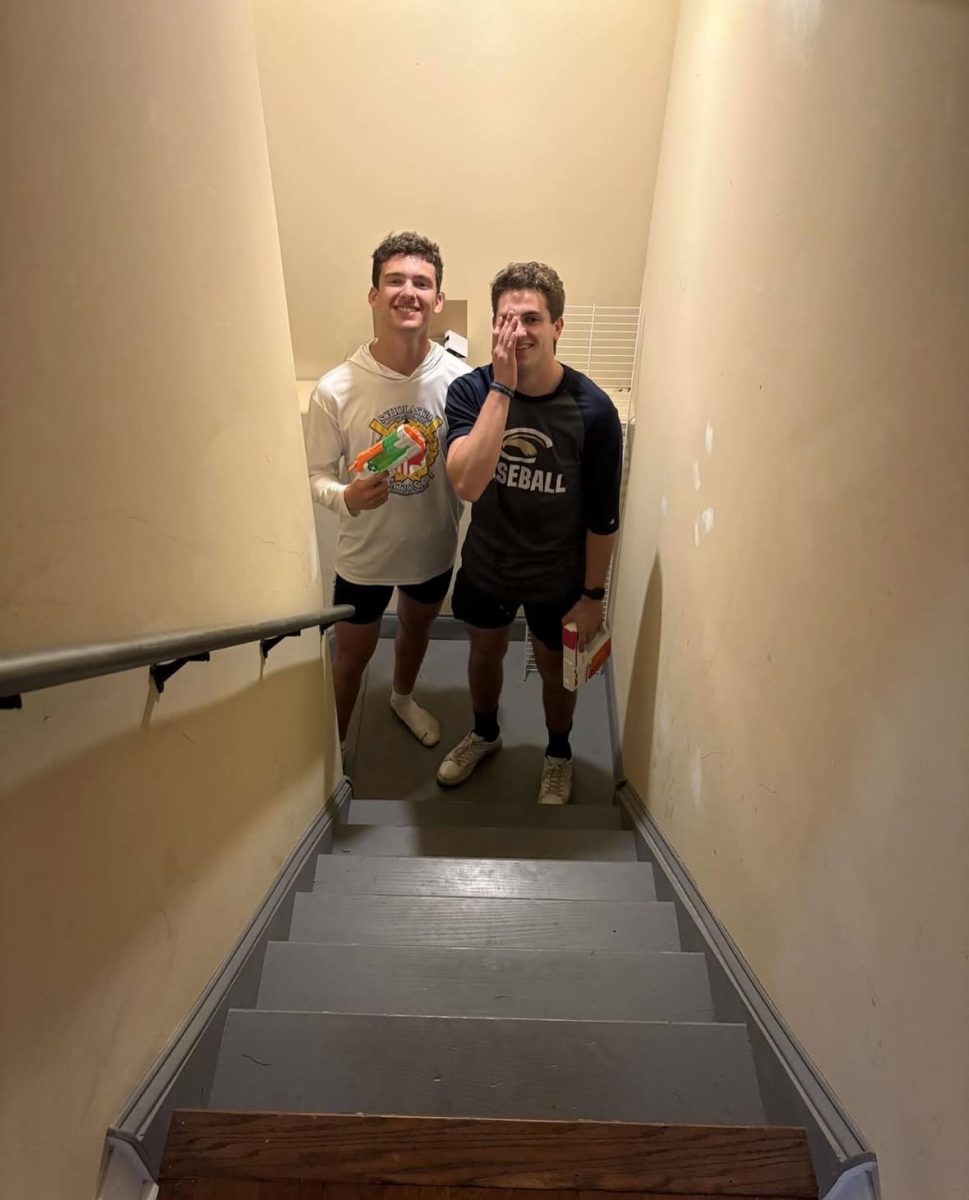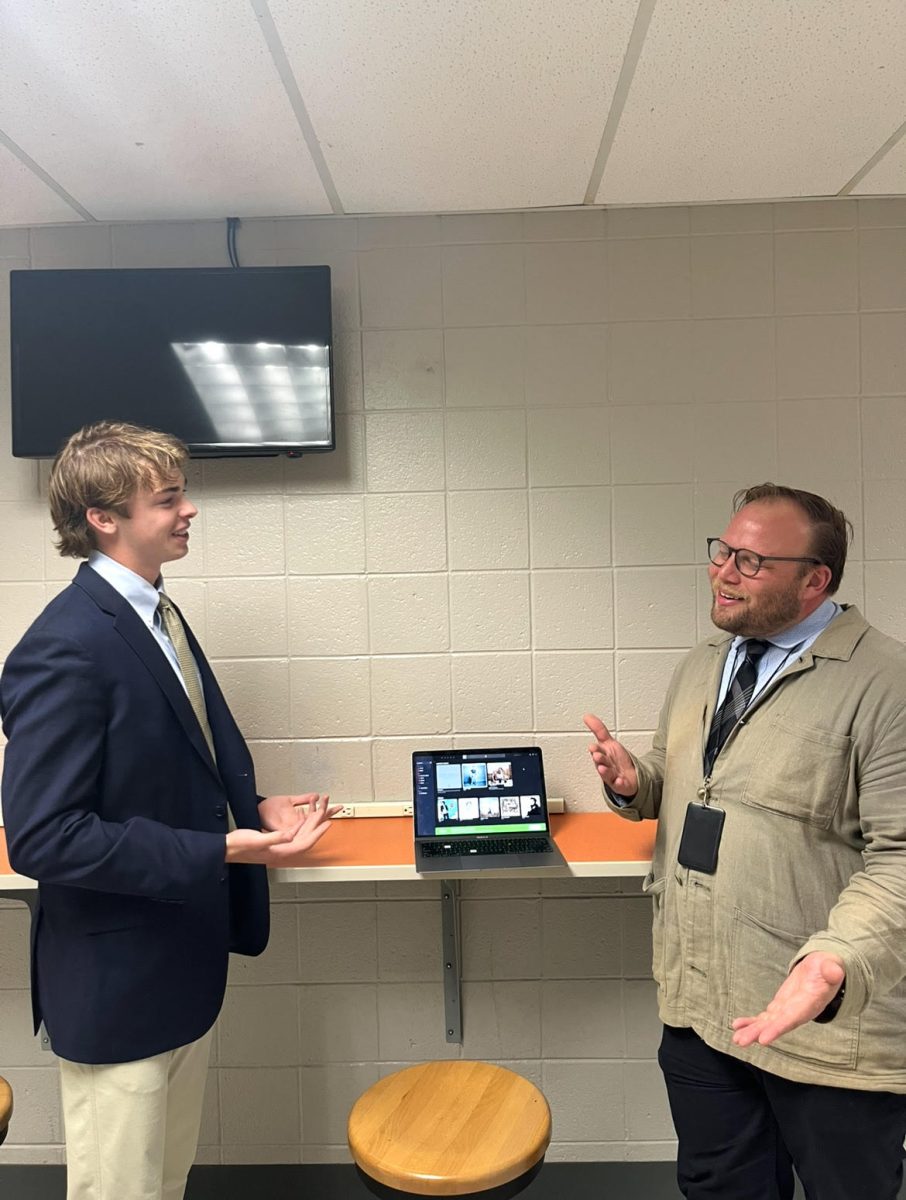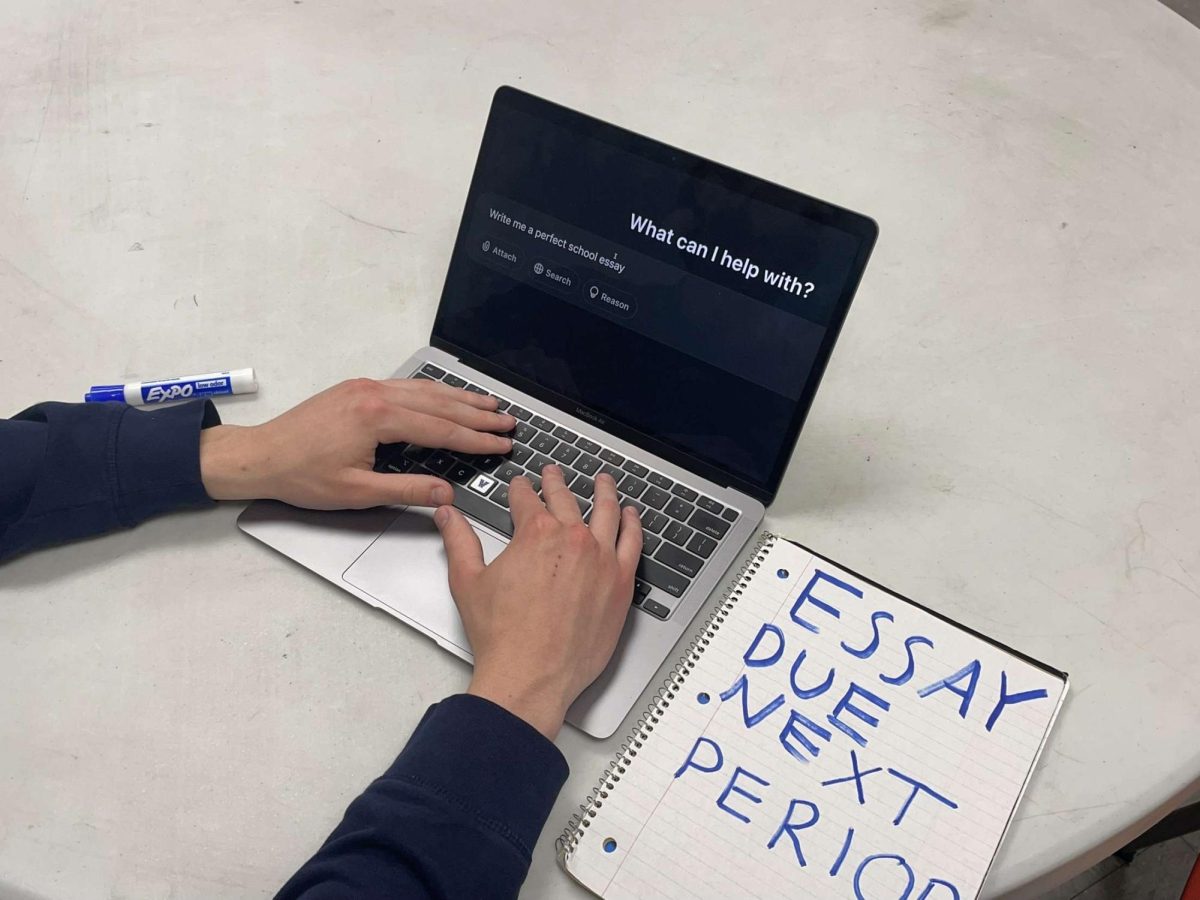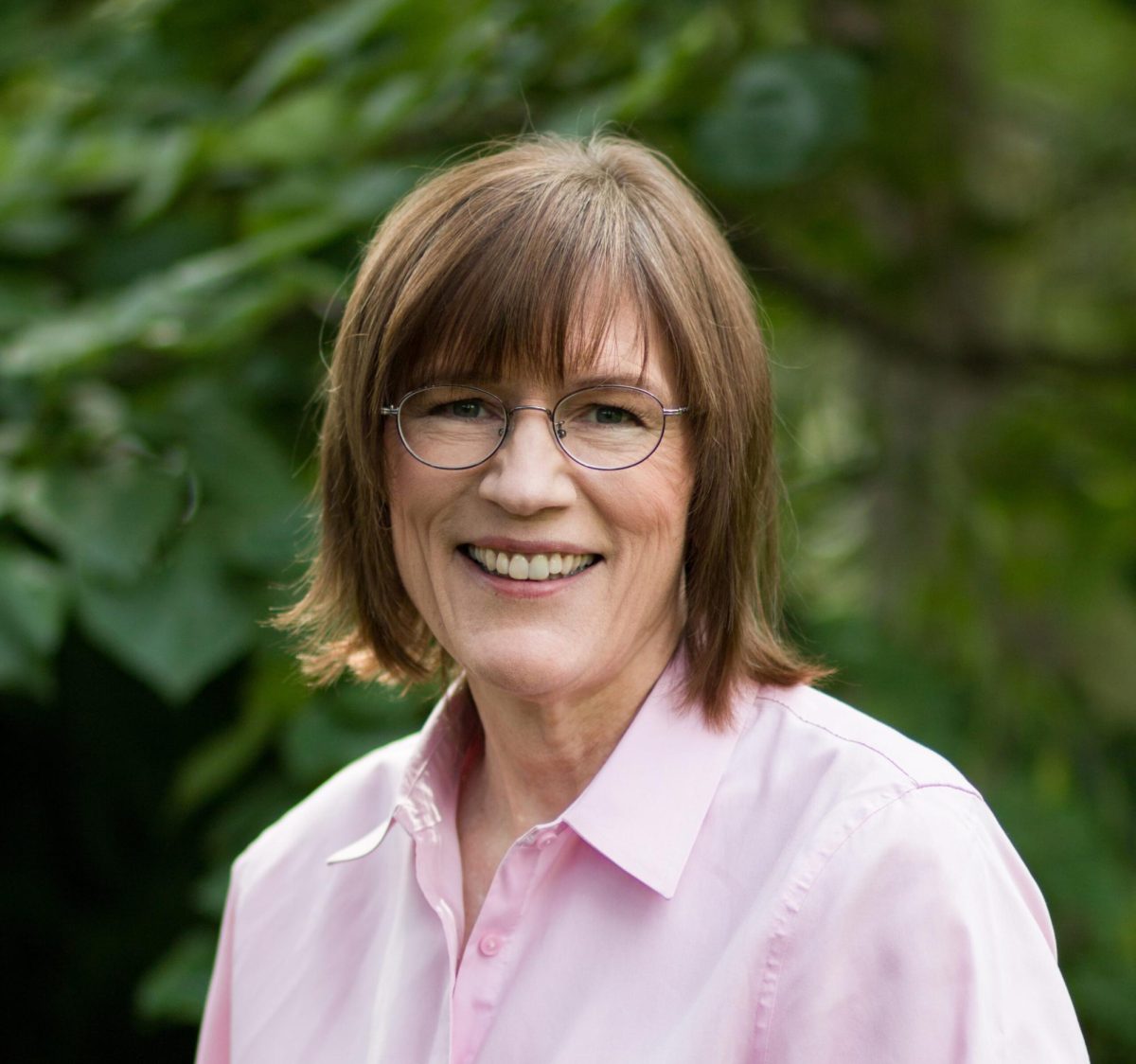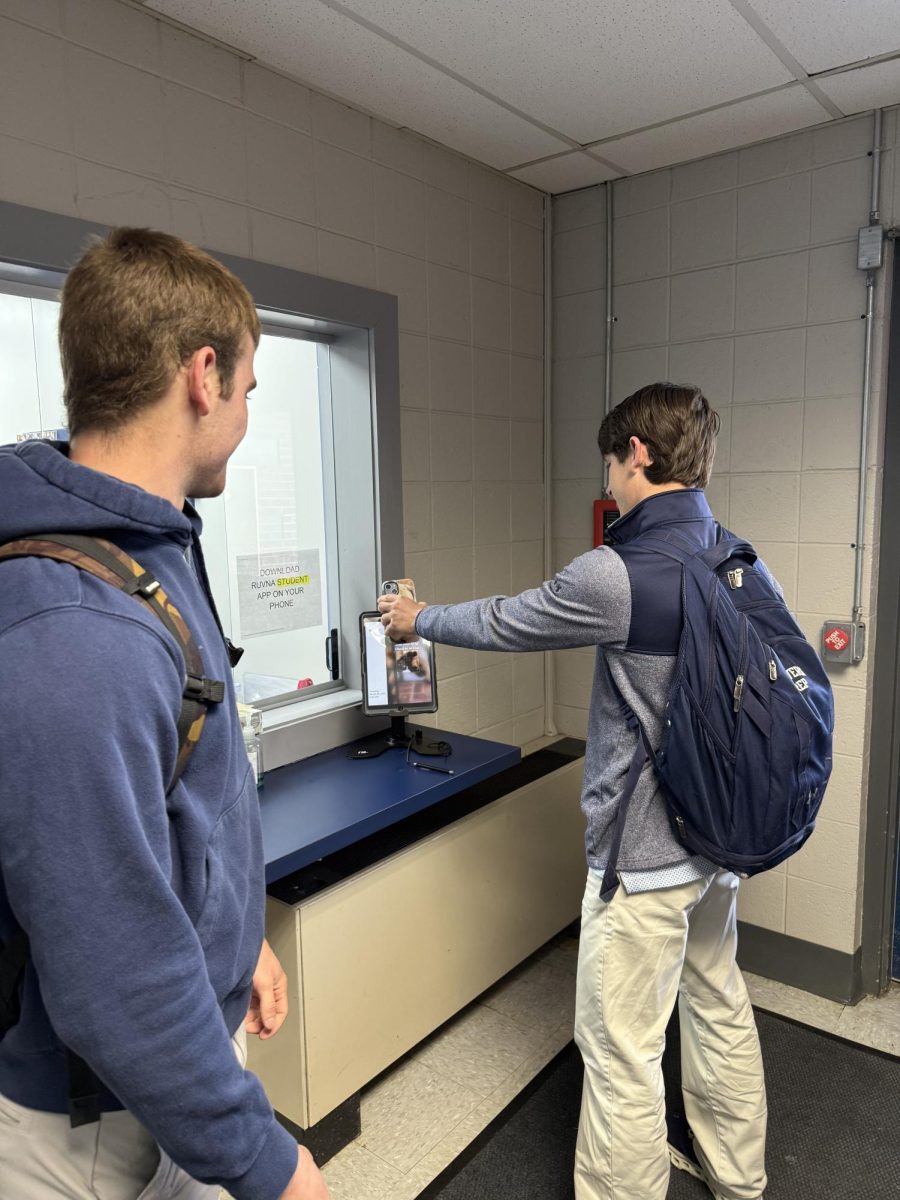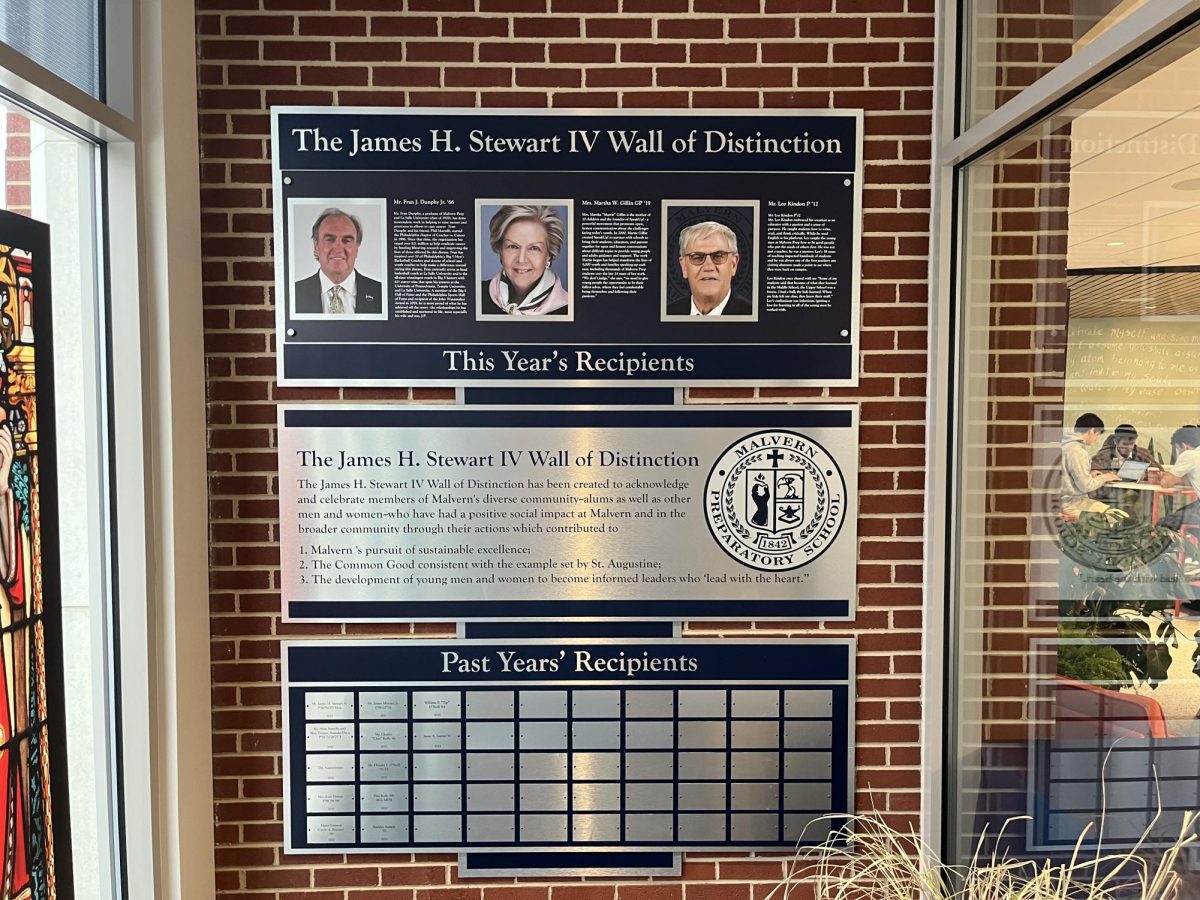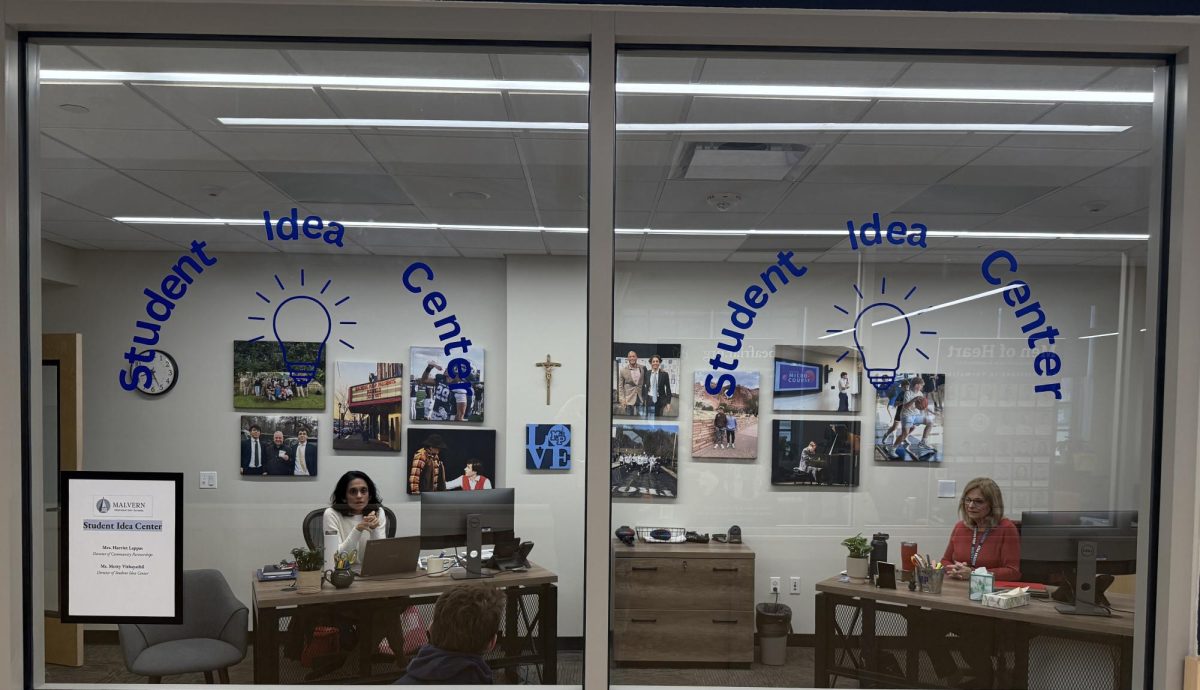
Trung Le is an architect who specializes in redesigning schools, and now, he is planning Malvern’s future campus.
For the past few years, Malvern Prep has been implementing “21st Century Learning.” With the help of architect Trung Le, the school is moving towards a 21st century campus.
Le says he has designed schools all over the United States and the Cayman Islands working with a Chicago-based firm called The Third Teacher +, which specializes in redesigning schools, according to the Third Teacher + website.
His designs emphasize natural light, have a large atriums instead of hallways, and have many multipurpose work and teaching spaces, the website states.
According to Head of School, Christian Talbot, Le was selected to redesign the campus because his ideas about a “dynamic learning environment” fit in very well with the goals and ideals of Malvern. Le was chosen out of 3-4 candidates, including the same firm that built the Duffy Center.
Talbot also said that Le thinks the future of learning is the difference between Newtonian Physics and Quantum Physics, meaning the future of learning is about interactions between students, teachers and the space they use, instead of the teacher just lecturing information to the students.
The Blackfriar Chronicle spoke with Le about his background and his vision for Malvern Prep.
Tommy Pero: Tell me about your background. What inspired you to do what you do?
Trung Le: Well I think I was totally inspired by my high school teachers. A couple of them; one of them was actually my tennis coach and my Calculus teacher. Being an architect – I wouldn’t say it was accidental, but it wasn’t the first thing that I thought of as a profession. But, there’s a point that I realized that I completely loved math and arts, and discovered architecture is one of those professions those two actually collide.
TP: How do you judge an actual project’s success?
TL: Well, there’s many different ways to judge it. One is that you were given a set of parameters and it has to function in a certain way. It has to be under budget, so that is one measure of success. But the other more rewarding aspects of success is that you can come back and talk and listen to the people who are using your building and hear great human stories that come out of the environment that they occupy, and how that environment deeply affects who they are as human beings to each other. I think that’s the most rewarding part of my work.
TP: With that definition, have you ever worked on a project that wasn’t so successful?
TL: Yes. Sure. You always have failures, bad decisions, and you make mistakes along the way. But, I think those can be perceived as failures, or they can be perceived as, “Wow! I would never do that again!” Or, asking, “Did I learn a lot from that mistake?” So yeah, there are projects that I could have made better decisions, there’s no doubt about that.
TP: After you design something, what is your goal for how it affects the students in that school?
TL: One simple way is the question: Are you happy? Are you happy being where you’re at? And, are you happy being with your friends? Do you feel safe? Do you feel that you’re engaged? Do you feel that you discovered something that you didn’t know about? I think all these things are really important in the way that we grow as human beings, and yet nearly impossible to quantify, somehow. But, one way to do it is just to talk to people and hear their stories.
TP: After you’ve designed a school or redesigned it, have you noticed if there is generally a measurable academic improvement?
TL: Yeah. I do not like that question. (laughs)
Right now the one means of measurement that says you are learning well is in the form of tests. Nobody enjoys taking tests- actually I’ve never met anybody who enjoys taking tests. And there’s other ways that we can measure success, and I think the whole world is struggling with if taking a test is only one means of seeing progress of learning. And, we know it’s not very rich, because it’s memorization; some people are brilliant, but horrible at taking tests. I think that for us, in going forward, [we] need to find a deeper way to somehow put some values of success to [determine] if something caused you to learn better, or if something caused you to perform better, or if something caused you to have a better relationship with your peers or teachers.
TP: Can you describe one of your most memorable or favorite projects you’ve been involved with?
TL: I would say not memorable, but most impactful. For me, early 2000, I was given the commission to design three new high schools in the Cayman Islands. So in the front end part I was like, “Wow, exotic, I get to design on an island in the Caribbean!” But what became was not an architectural challenge; it was the small, little country where we were trying to reinvent learning all together. So, for me that was the most impactful project, and working with these educators really challenged me to try to think about the physical environment in a very different way that we do teaching and learning.
TP: What will the design be of our typical new building at Malvern?
TL: Well, I think there will be a big push for the buildings to be sustainable. That we can consume less energy. It would want to leverage more natural daylight, and that it would be able to turn off artificial daylight. I think it will be a healthier, indoor environment building. It has a greater sense of diversity of scale of the spaces. And, it will give you more choices as to where you want be, who you want to be with, and what you’re actually doing in the building.
TP: So on our specific campus, what do you think are our biggest strengths and challenges?
TL: Well, your strength is that there is a tremendous history of academic success here, and there’s a strong galvanizing force that pulls you together as a community and in faith. And, that might be attributed to the strong Augustinian values. But, I would say that your challenge would also be because of your strength – the idea that we might never want to change anything is also your challenge.


